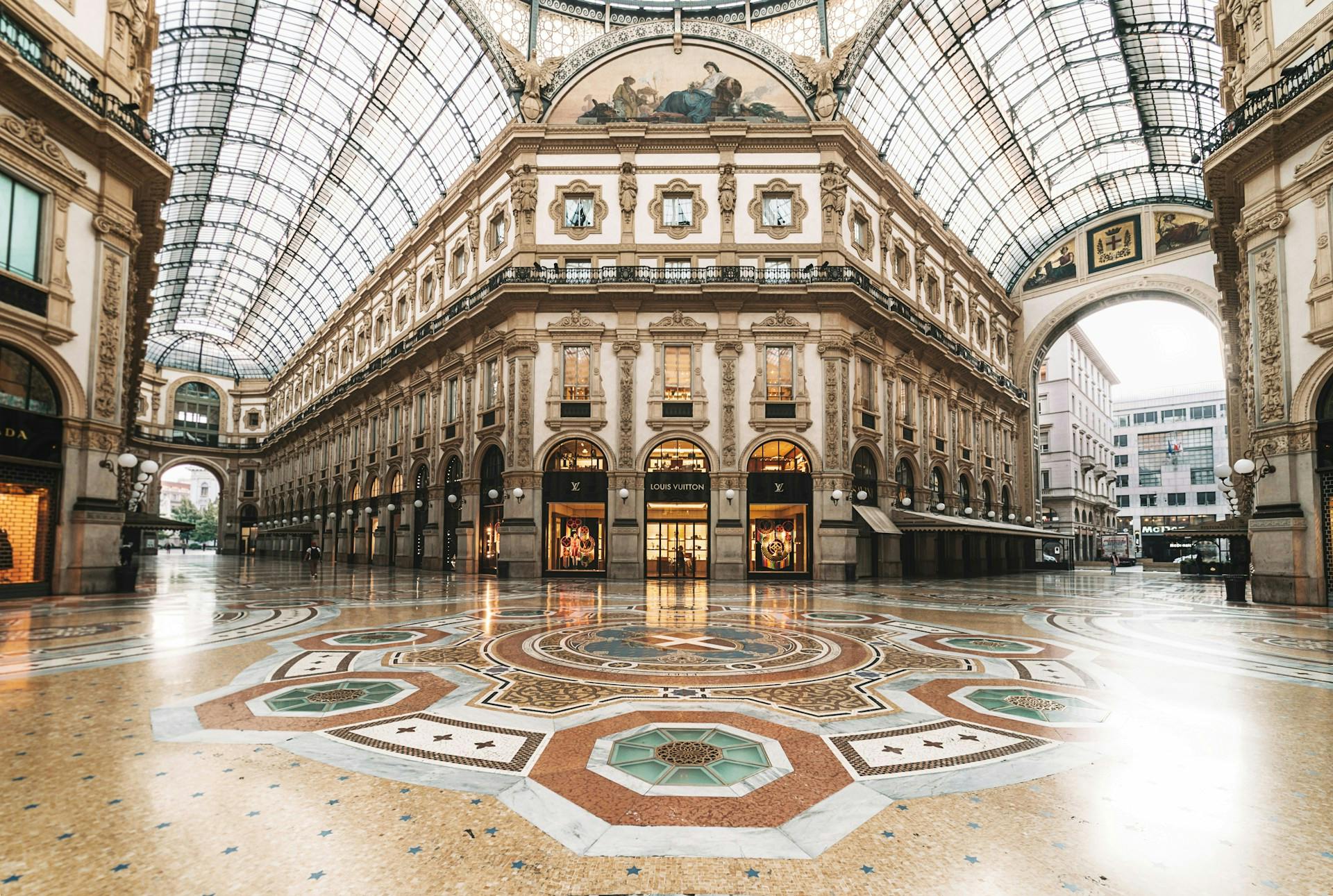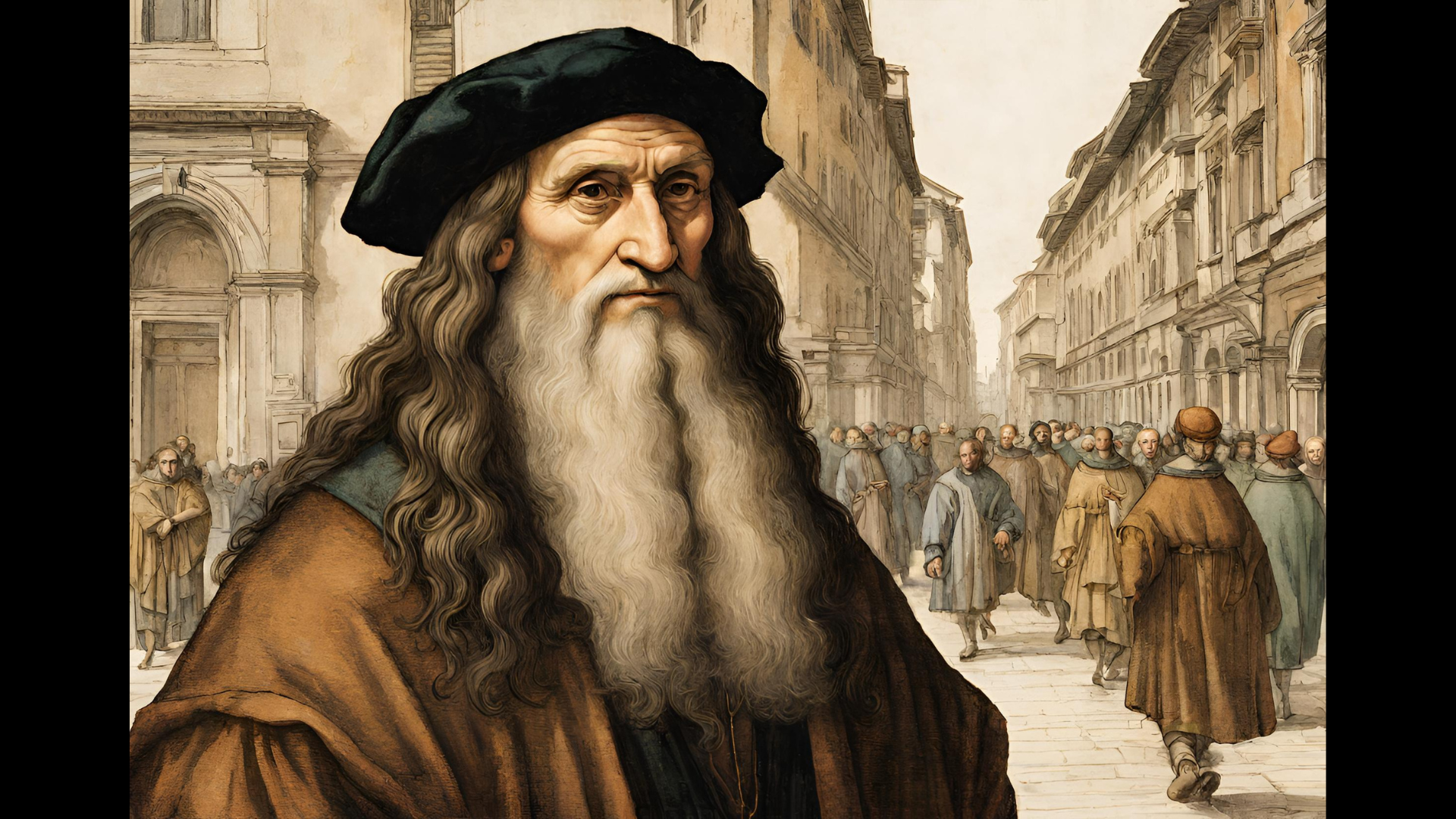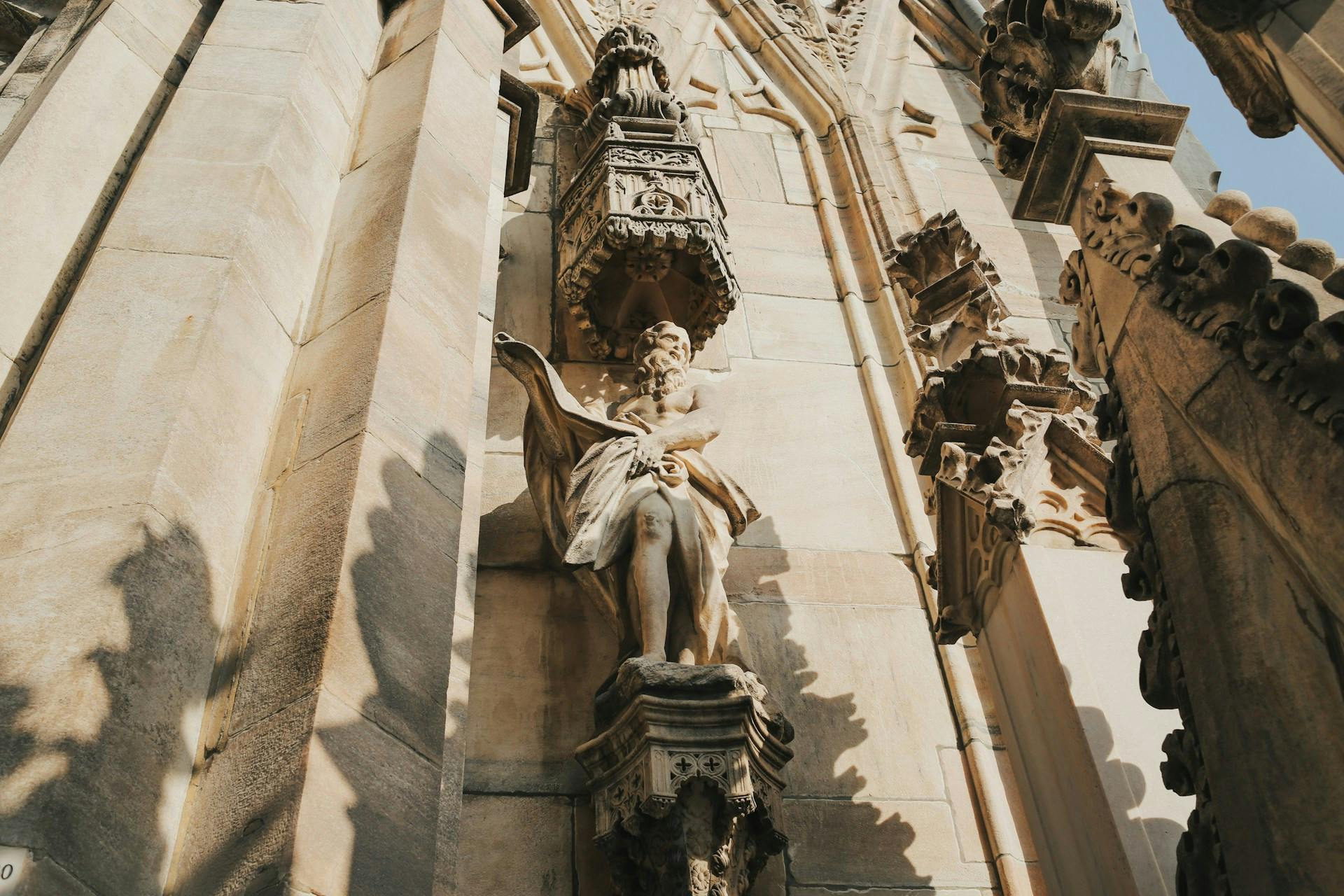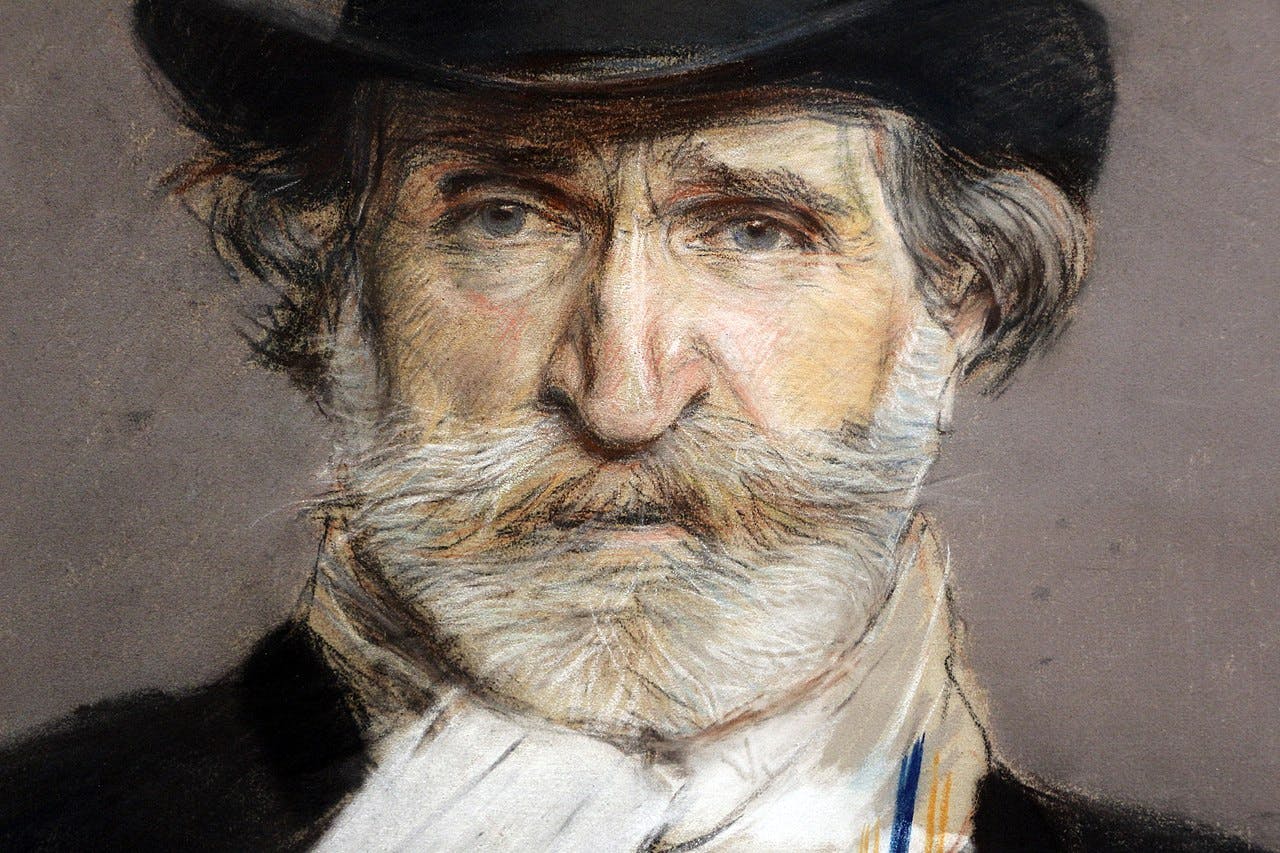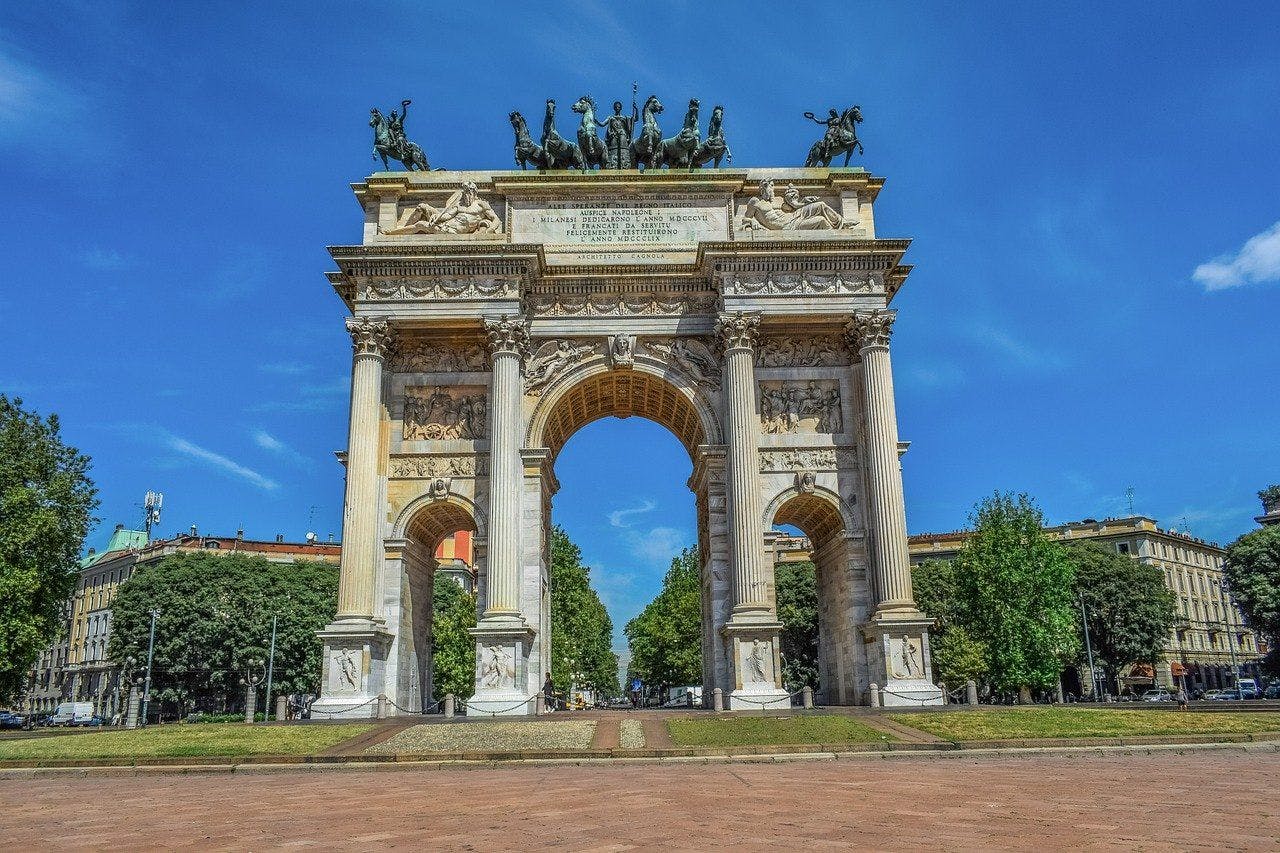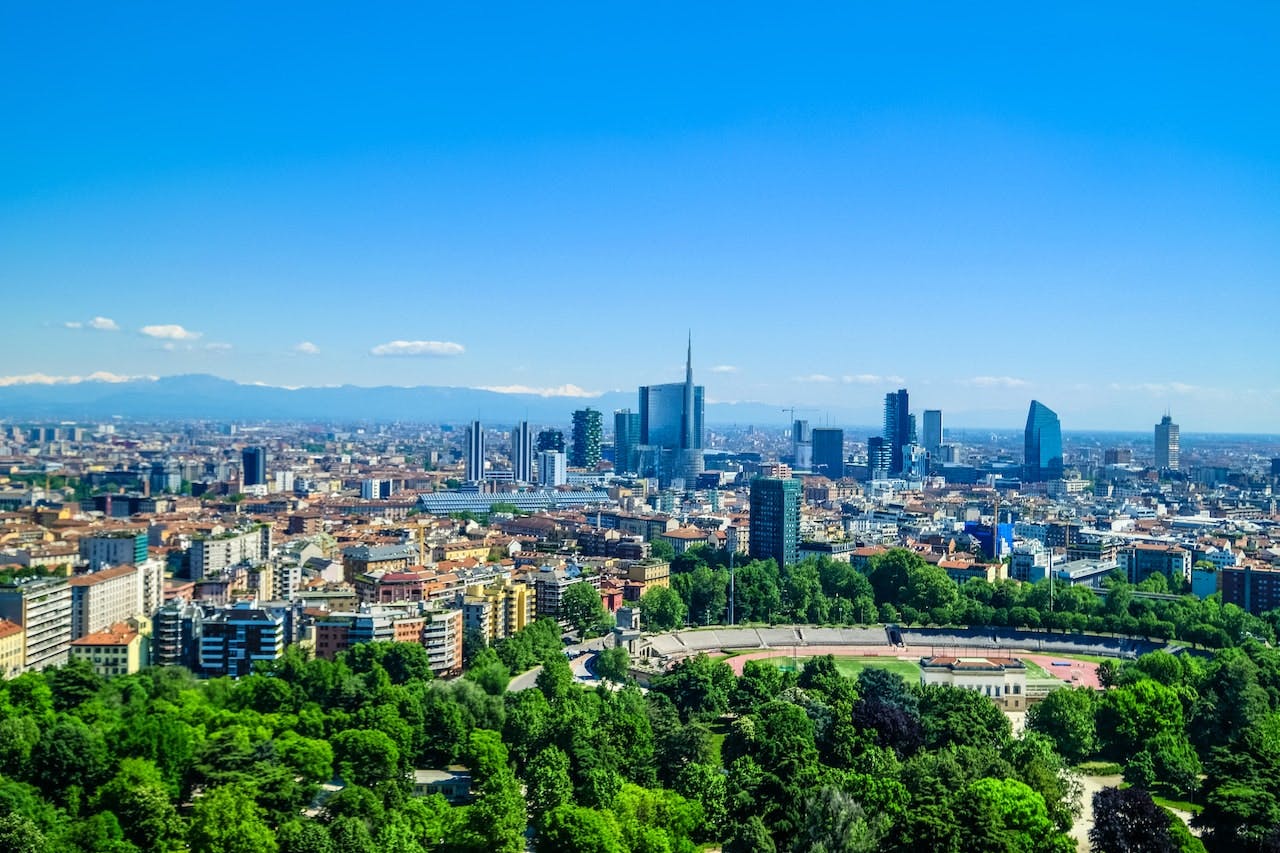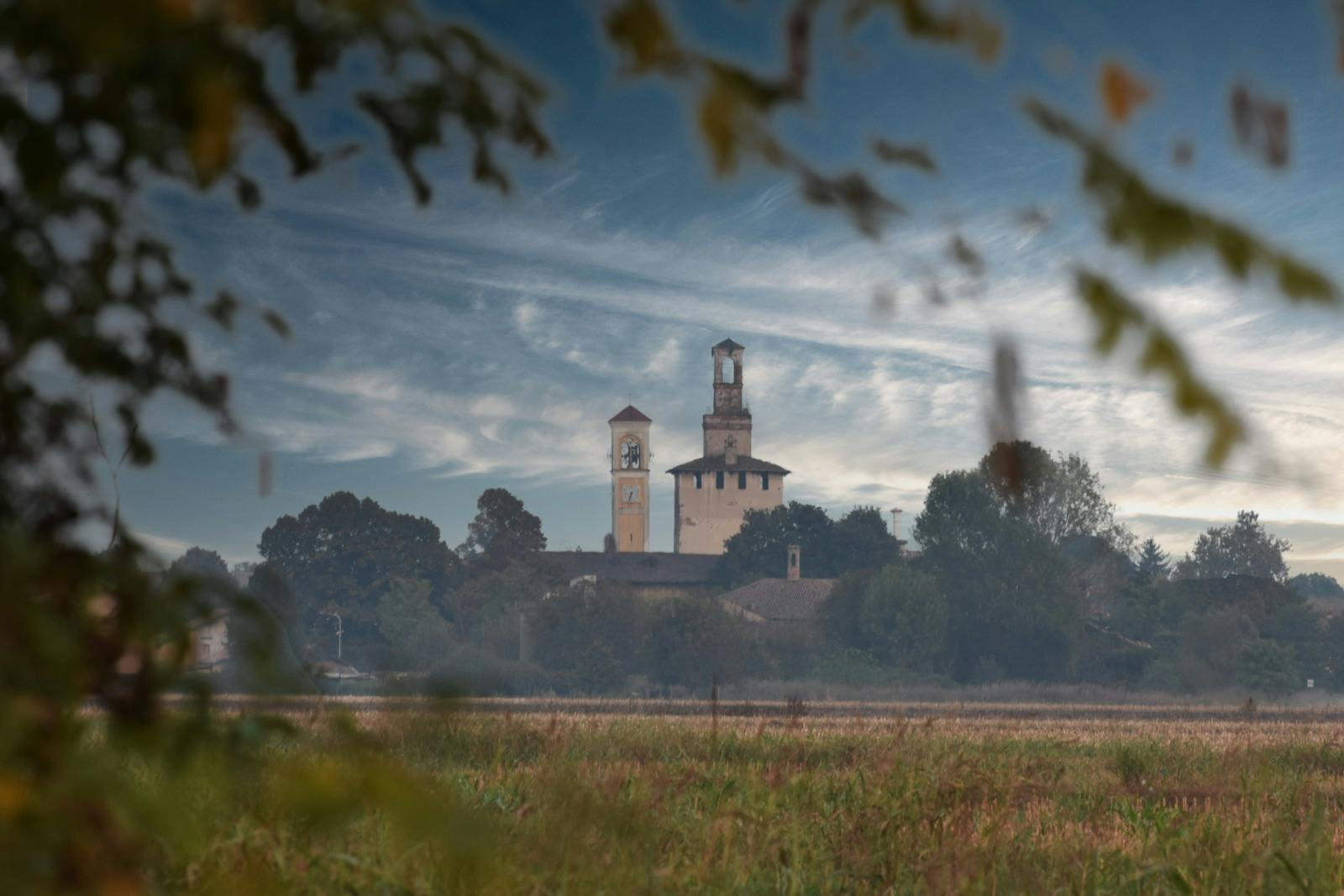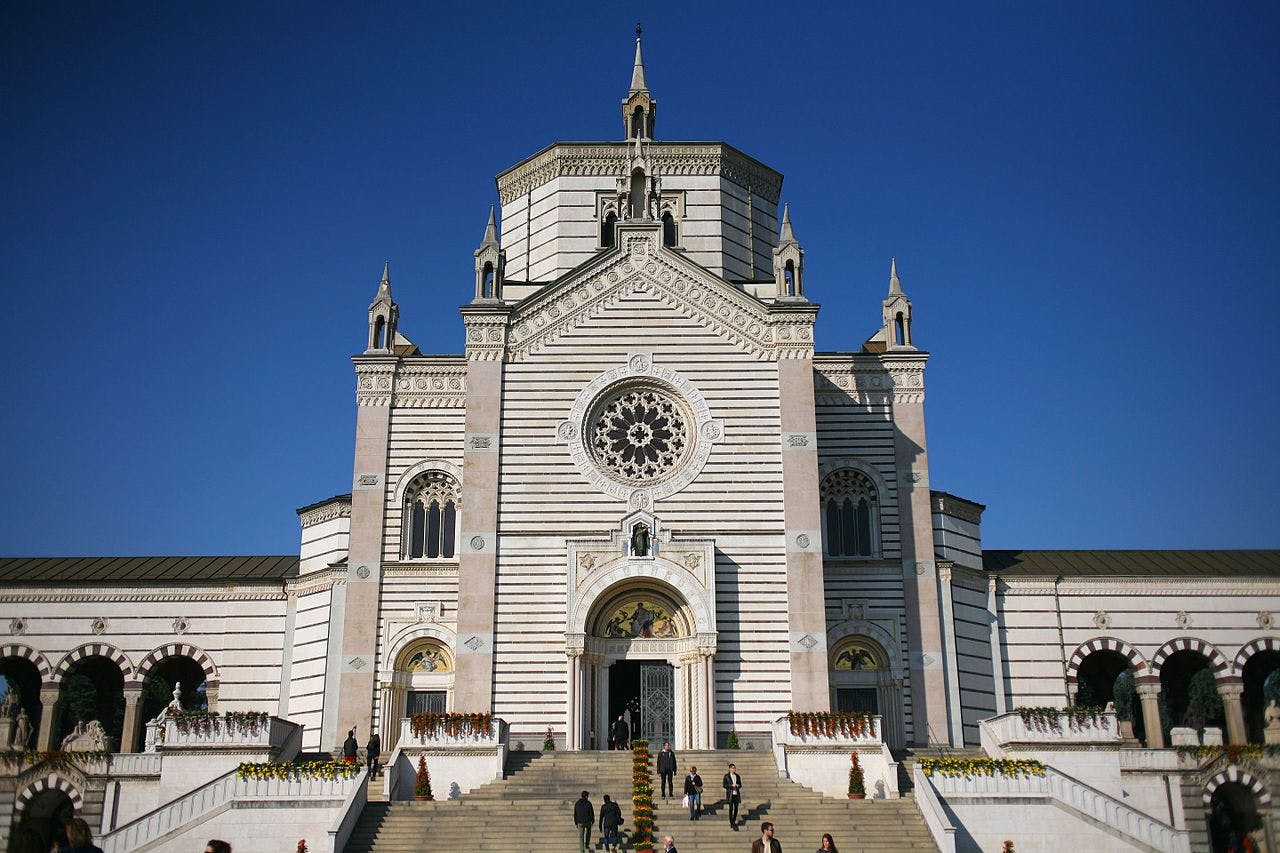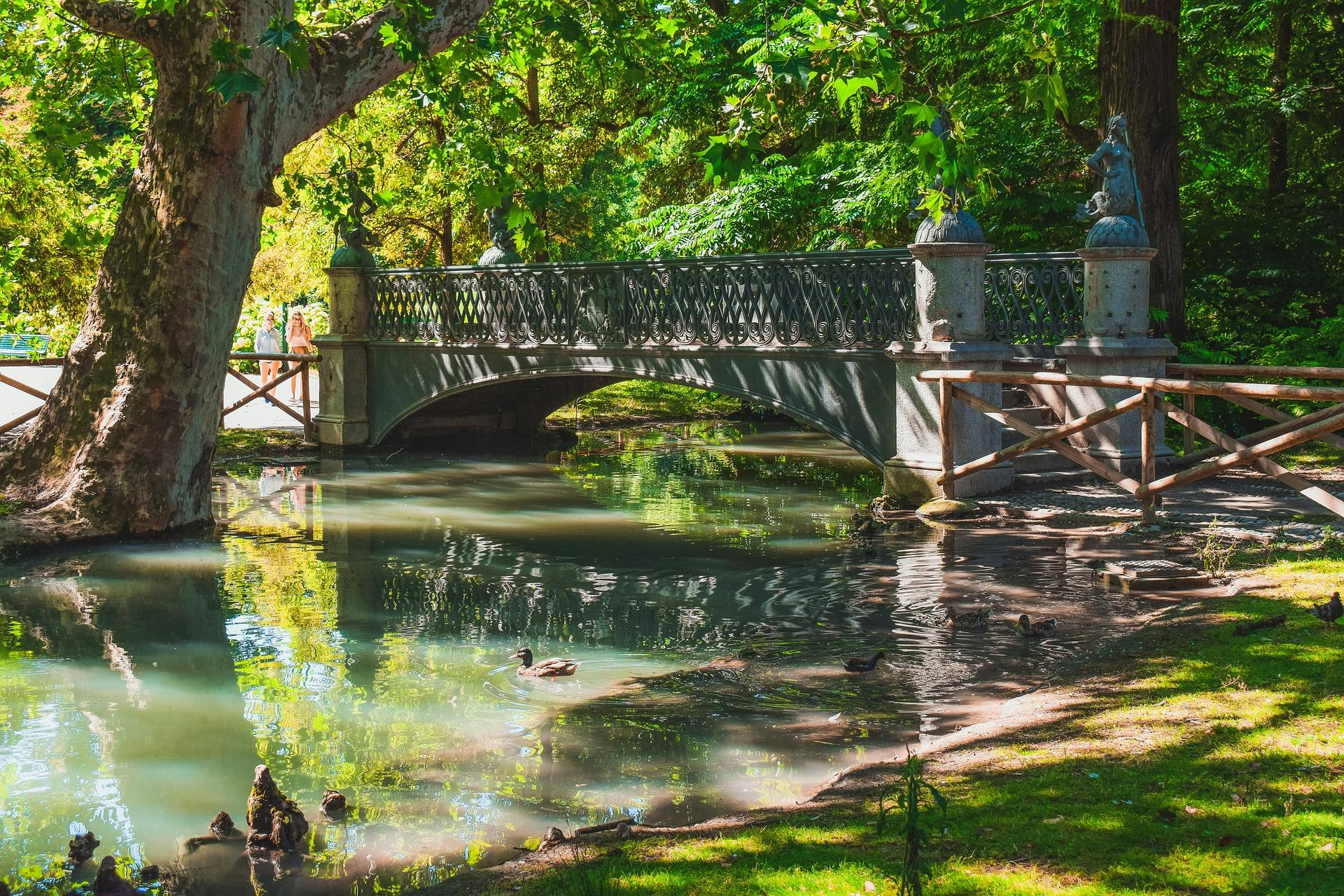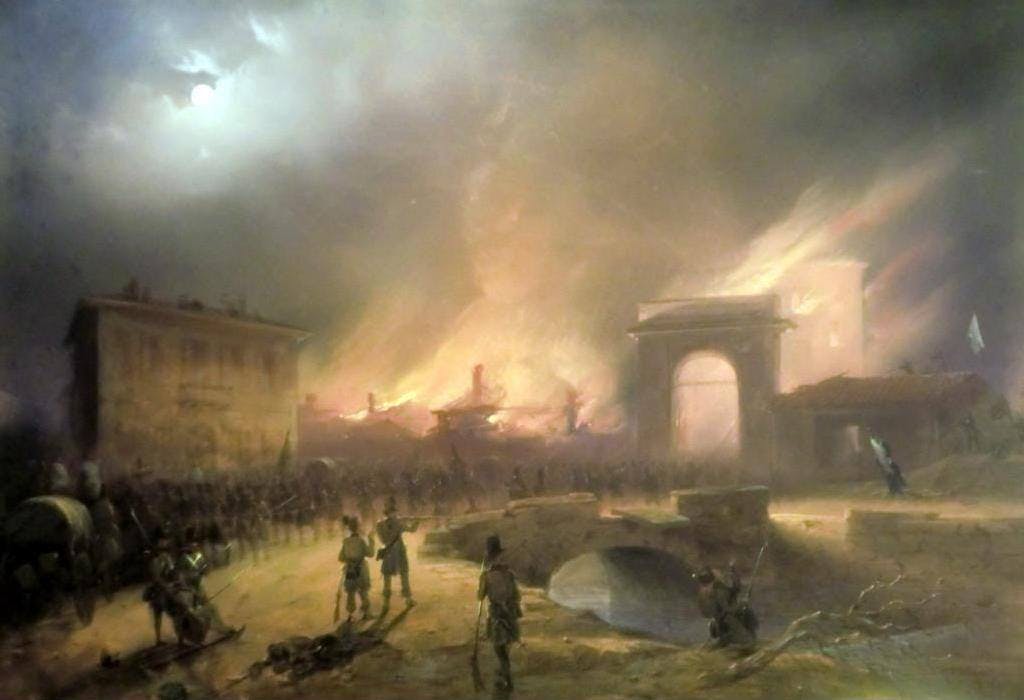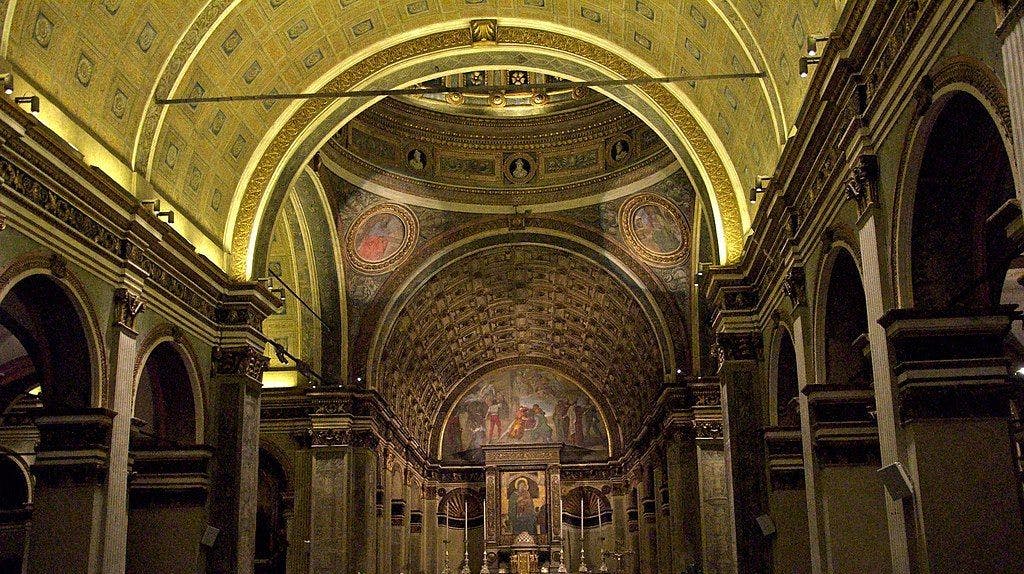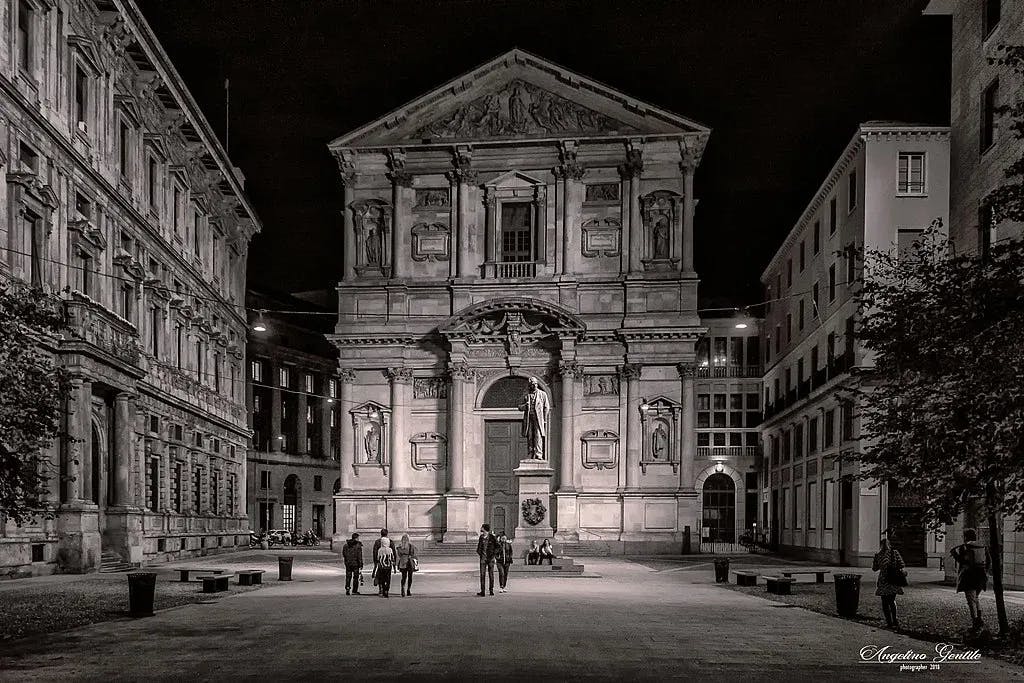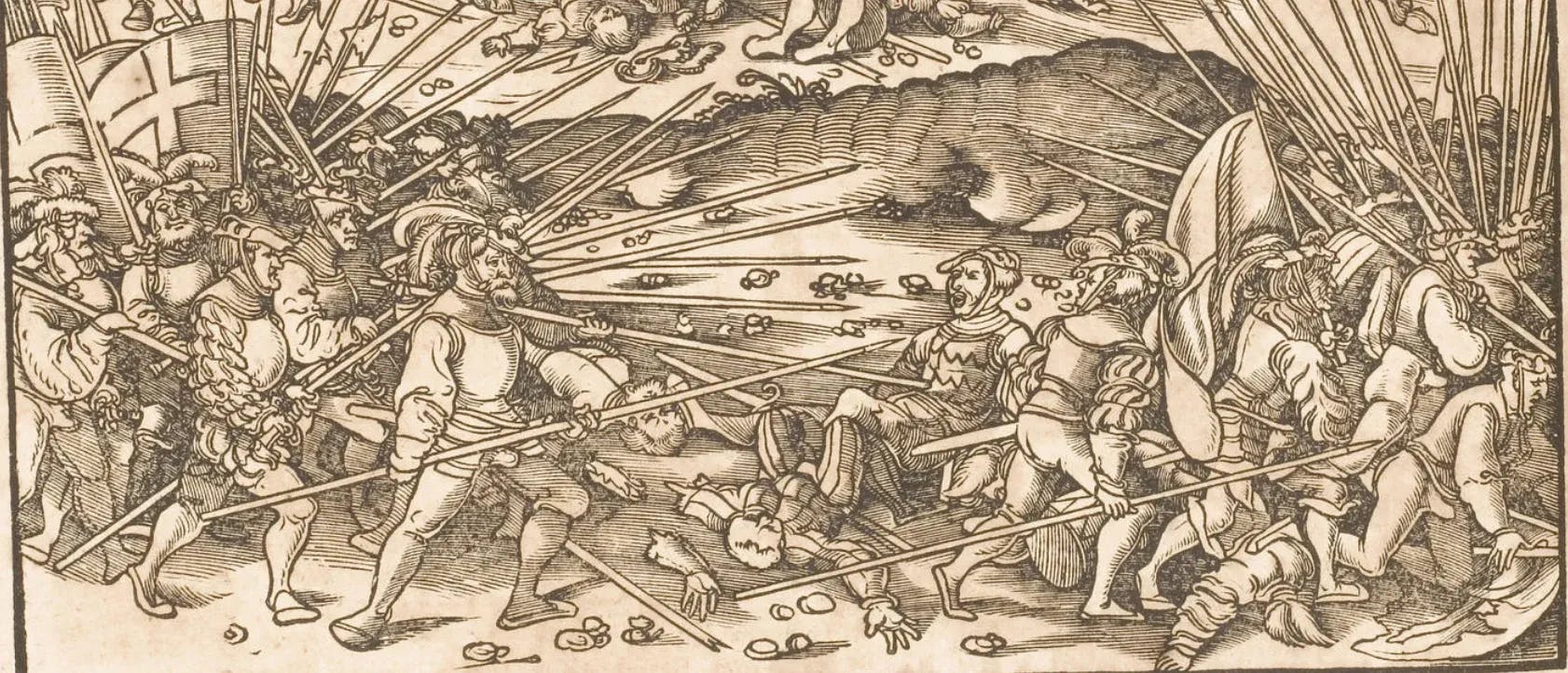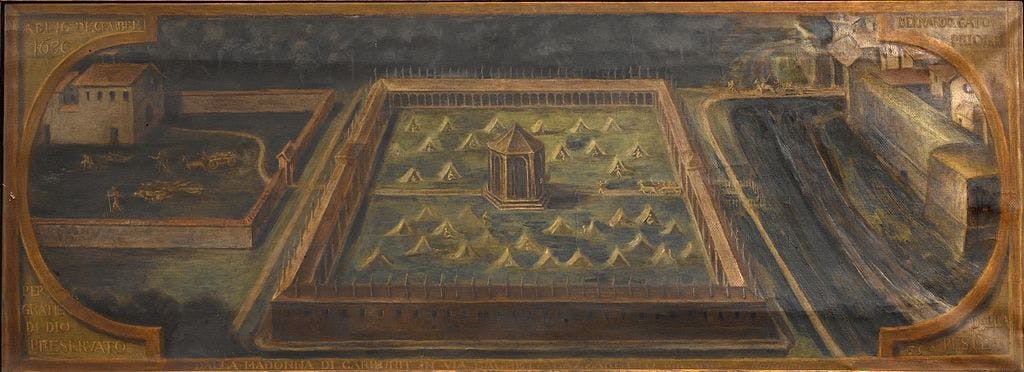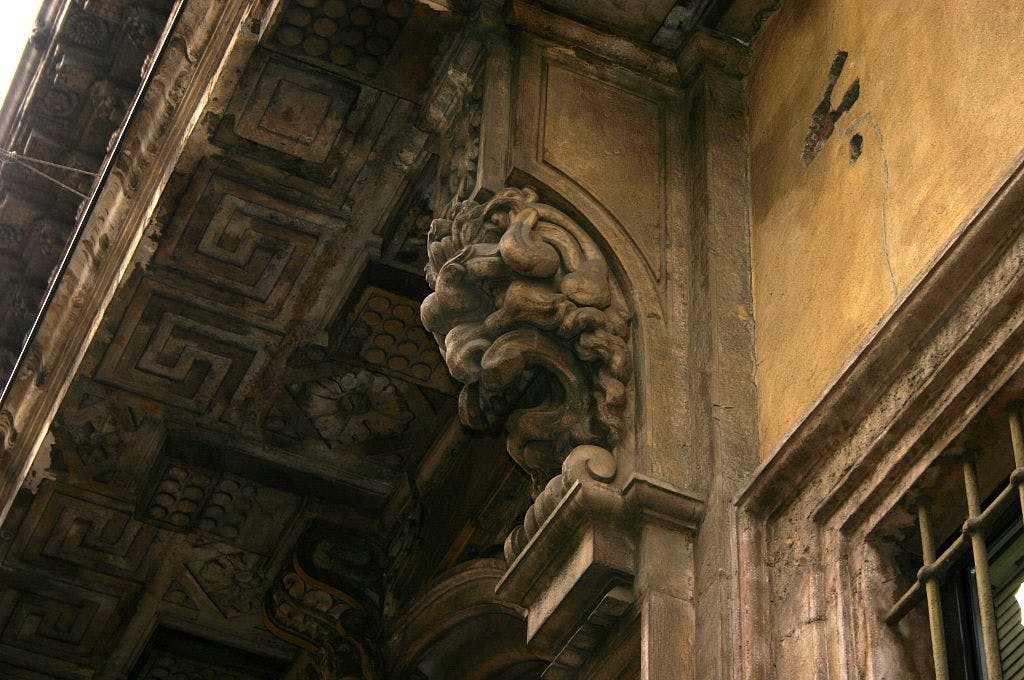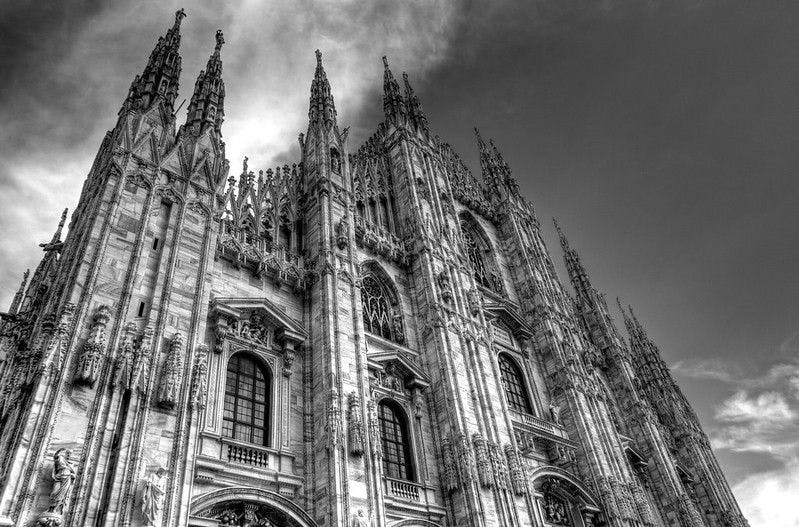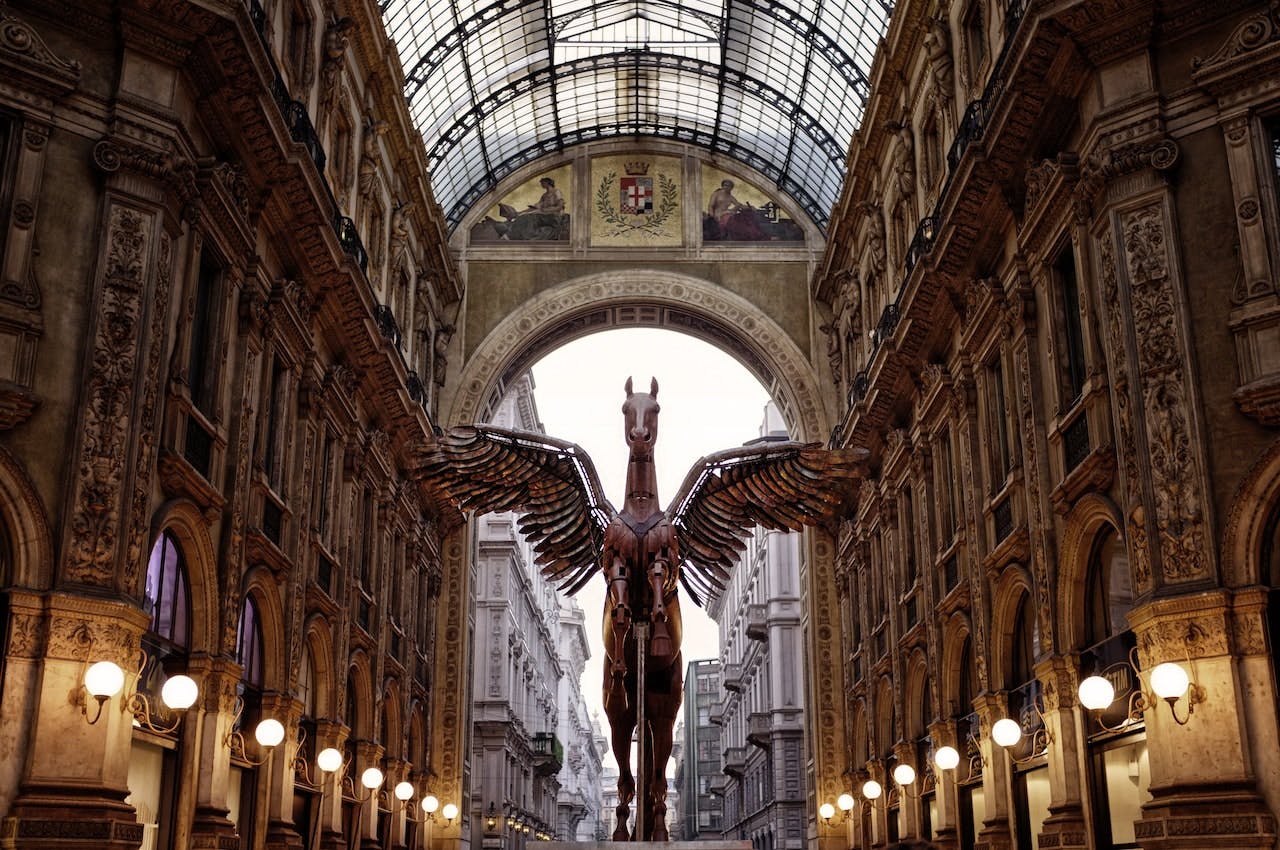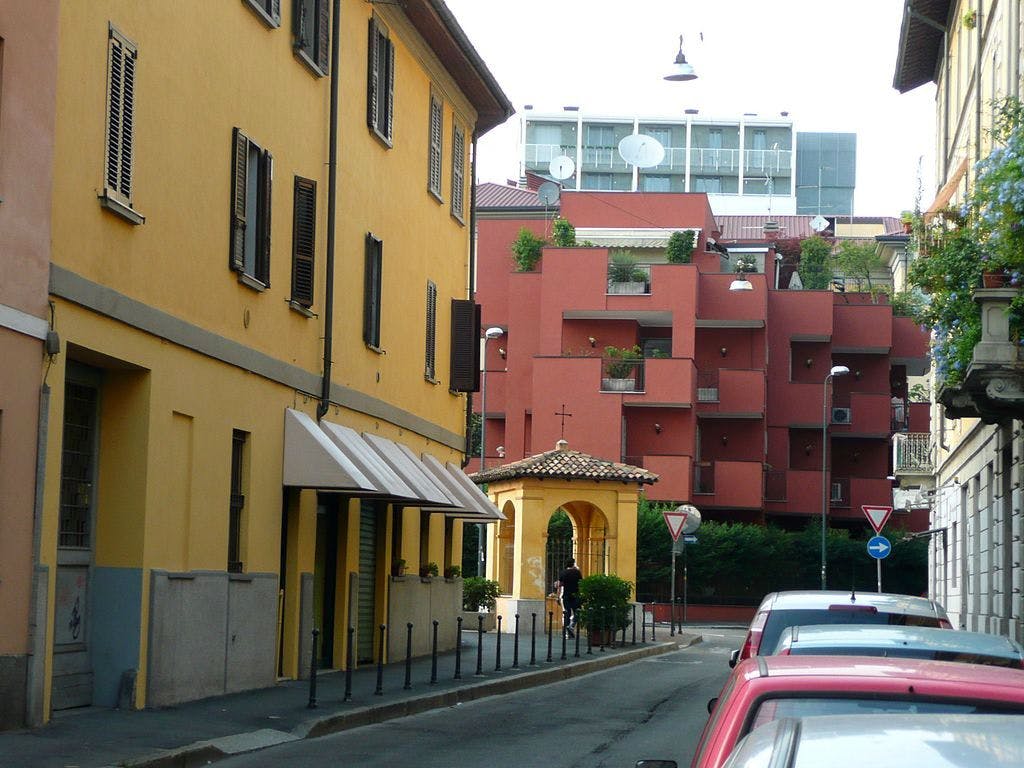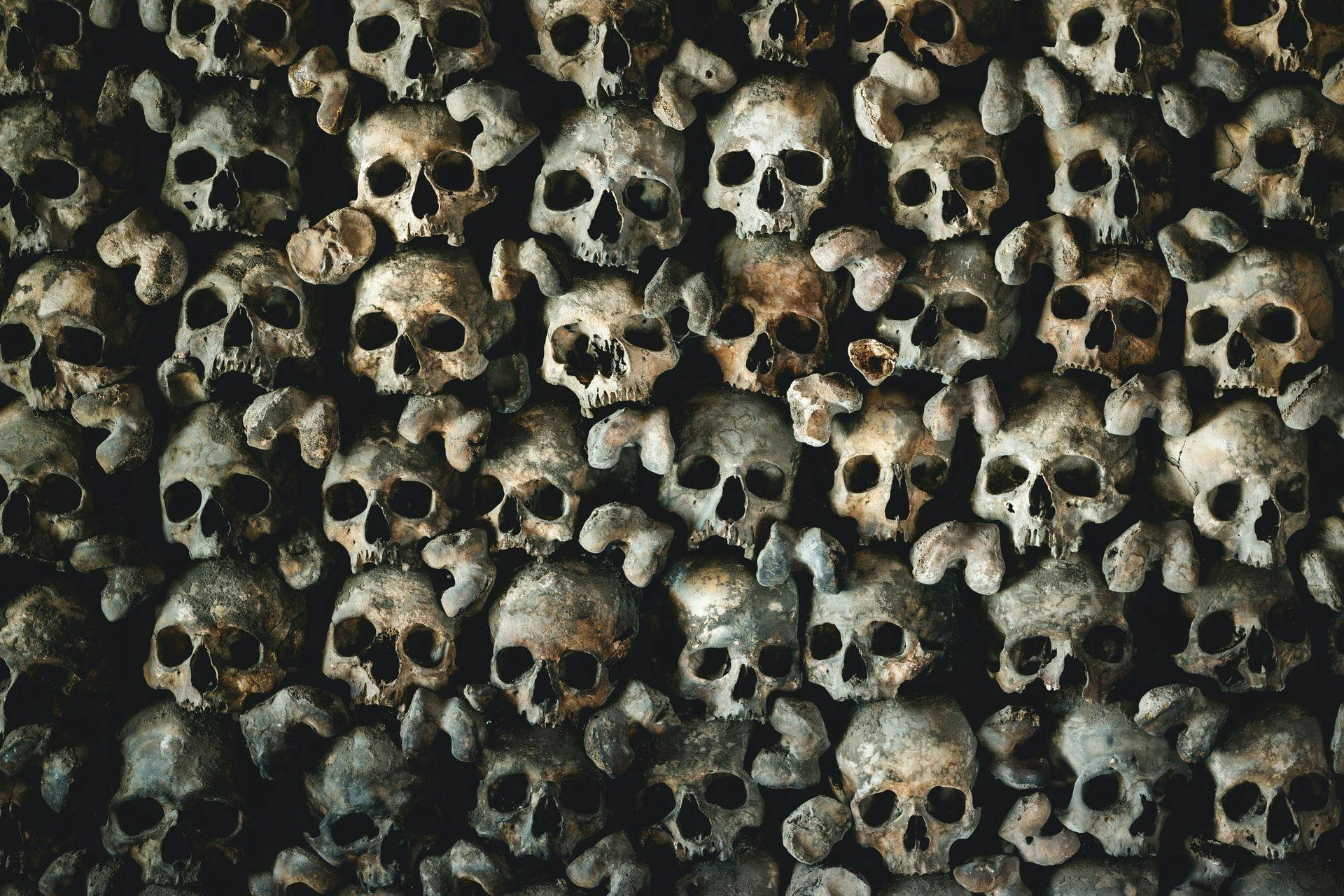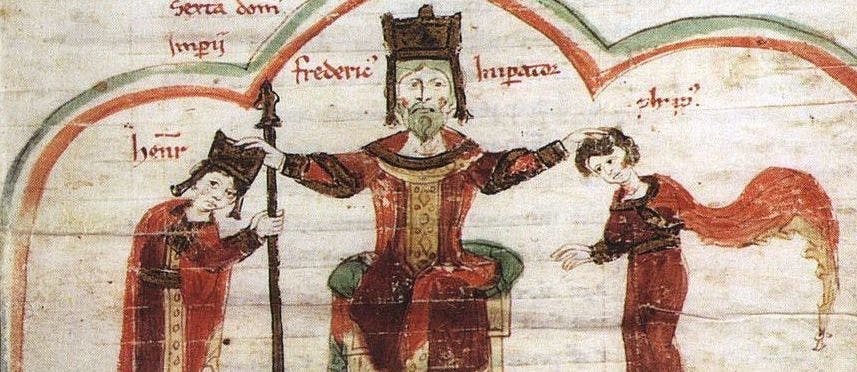Accomodation
Resting in Milan is a pleasure, with numerous accommodation options to suit all budgets. The city offers a range of luxury hotels near the city center, providing easy access to major attractions. For a more budget-friendly option, consider staying in the Brera or Navigli districts, which offer charming boutique hotels and cozy guesthouses. Otherwise you can easily go for something a little outside the town, but mind checking that your stay is near a metro station!
Transportation
Transportation in Milan is convenient and efficient. The city boasts an extensive metro system that connects all major attractions, making it easy to navigate. Additionally, trams and buses provide excellent coverage, allowing you to reach farther destinations. Consider purchasing daily tickets, which offer unlimited public transport for 24h. Mind that on busses, trams and in the metro you can pay contactless at the machines directly with your credit card!
Eat
Milan is a culinary delight, with countless options for dining. Brera district is a charming neighborhood known for its trendy restaurants and quaint cafés, offering a range of Italian and international cuisines. For authentic Milanese dishes, head to the Navigli district, where trattorias and osterias line the canal banks. Don’t miss trying traditional dishes like “risotto alla Milanese” and “ossobuco”.
Nightlife
When it comes to drinking, Milan boasts a vibrant nightlife scene. The Navigli and Isola district area are known for their bustling bars and clubs, perfect for enjoying cocktails such as the classic Aperol Spritz. For a more relaxed atmosphere, the Brera and Porta Romana neighborhoods offer cozy wine bars where you can savor regional wines and enjoy a leisurely evening.
Shopping
Shopaholics will delight in exploring the Quadrilatero della Moda, Milan’s high-end fashion district, home to renowned designer boutiques. We also recommend strolling in Corso Buenos Aires, Corso Vittorio Emanuele and Via Torino.
Gateway to lakes, sea, and alps
Additionally, Milan is well-positioned for day trips to other fascinating destinations. Consider visiting the beautiful Lake Como, located just an hour’s train ride away, or exploring the historical city of Bergamo, with its picturesque old town and stunning views from the upper city.
- Lake Como, Bellagio, and Lugano Switzerland Day Trip from Milan
- Cinque Terre: Daytrip from Milan
- Bernina Express Roundtrip from Milan
Overall, Milan captivates visitors with its cultural heritage, stylish atmosphere, and gastronomic delights. Whether you’re an art enthusiast, a fashion lover, or a foodie, this vibrant city offers a memorable experience that seamlessly blends history and modernity.
